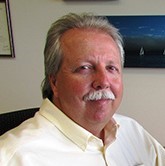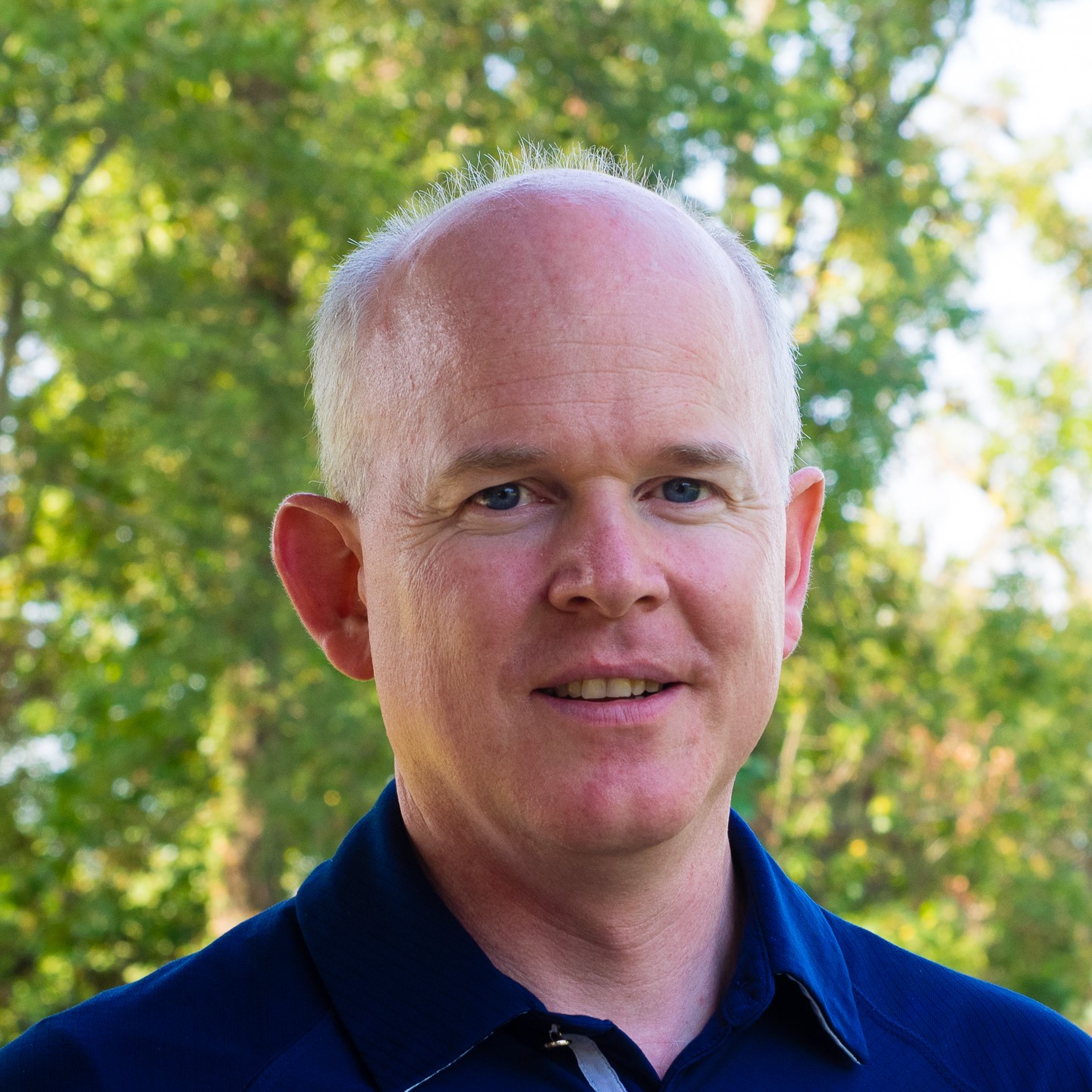PART 1: Forecast-Informed Reservoir Operations (FIRO): Overview and Introduction to FIRO Webinar Series
ORIGINALLY AIRED OCTOBER 14, 2020 | 1:00 - 2:00 PM ET / 10:00 - 11:00 AM PT
ACCESS RECORDING
Description
The goals, strategies and status of Forecast-Informed Reservoir Operations (FIRO) will be summarized, including major efforts at several reservoirs ranging from 0.1 to 4.0 million acre-feet storage. These projects cover a range of conditions, from rural to urban, coastal to inland, snow-dominated to rain only. Priorities range from increasing water supply reliability to enhancing flood mitigation and addressing ecosystem issues. All with an eye toward informing potential updates to water control manuals. FIRO has garnered support from water managers and policy makers. It has mitigated risks to water supply reliability during an extremely dry year and enhances flexibility in operating reservoirs based on skill in weather prediction, especially of atmospheric rivers, which are key to flooding and water supply in much of the west. Its success rests upon the development of a research and operations partnership that brings disparate parties and experts together to collaboratively assess potential FIRO viability.
Learning Objectives
- Identify the key strategies used in the development of FIRO viability assessments.
- Describe how the formation of a research and operations partnership creates a framework for collaborative vision and work plan development and fosters effective problem solving.
- Recognize the range of conditions and goals being addressed by the current and planned FIRO viability assessments.
Speakers
 F. Martin (Marty) Ralph
F. Martin (Marty) Ralph
Director, Center for Western Weather and Water Extremes
UC San Diego/Scripps Institution of Oceanography
Dr. F. Martin Ralph is a weather and water scientist focused on understanding the origins of floods and droughts, and on improving predictions for water management and flood control applications. After 21 years at NOAA, he created the “Center for Western Weather and Water Extremes” at UC San Diego. He’s published over 150 peer-reviewed scientific articles and has developed programs on new science and technology and their application to solving practical problems. He is a leading expert on atmospheric rivers and provides input to policy makers on western weather and water extremes. He is a leader in development of Forecast-Informed Reservoir Operations (FIRO), working closely with federal, state and local water managers. He is a Fellow of the American Meteorological Society and has received awards from several organizations. He has a B. S. in Meteorology from University of Arizona, and a Ph.D. in Atmospheric Sciences from UCLA.
 Jay Jasperse
Jay Jasperse
Chief Engineer
Sonoma Water
Mr. Jasperse is the Chief Engineer and Director of Groundwater Management for the Sonoma County Water Agency. Mr. Jasperse received a Bachelor of Science degree in Geology from the University of California at Davis and a Master’s degree in Civil Engineering from the University of California at Berkeley. He is a Registered Professional Engineer in the State of California. Prior to joining the Water Agency, he worked as an environmental engineering consultant specializing in groundwater resource characterization and remediation. He is responsible for the Water Agency’s capital projects program and water resource planning and management activities. Mr. Jasperse also serves as Plan Manager for three Groundwater Sustainability Agencies. He is an author of published articles and book chapters on topics such as surface water-groundwater interactions, natural filtration processes, riverbank filtration, and integrated water resource management.
 Cary Talbot
Cary Talbot
Chief, Flood and Storm Protection Division/Coastal Hydraulics Laboratory
US Army Corps of Engineers/ Engineer Research & Development Center
Dr. Cary Talbot is Chief of the Flood & Storm Protection Division in the Coastal & Hydraulics Laboratory (CHL), US Army Engineer Research and Development Center (ERDC) where he supervises the execution of research and development activities of over 100 scientists, engineers and technicians in a wide range of coastal, hydraulic, hydrologic, estuarine and riverine engineering, data collection and analysis applications. He is also the Program Manager of the Forecast Informed Reservoir Operations (FIRO) effort for the US Army Corps of Engineers. He has B.S. and M.S. degrees in Civil & Environmental Engineering from Brigham Young University and a PhD in Environmental Engineering from the University of Connecticut. He is a Registered Professional Engineer in the State of Mississippi.